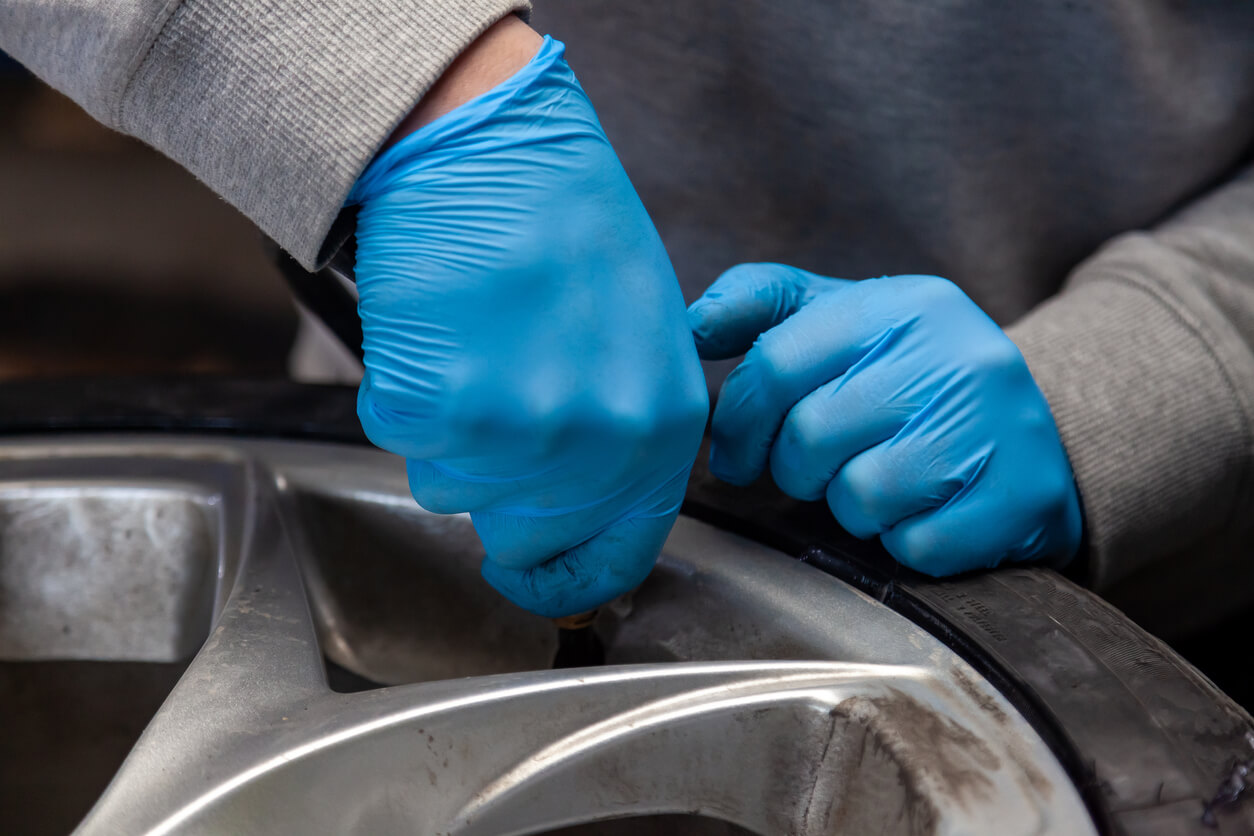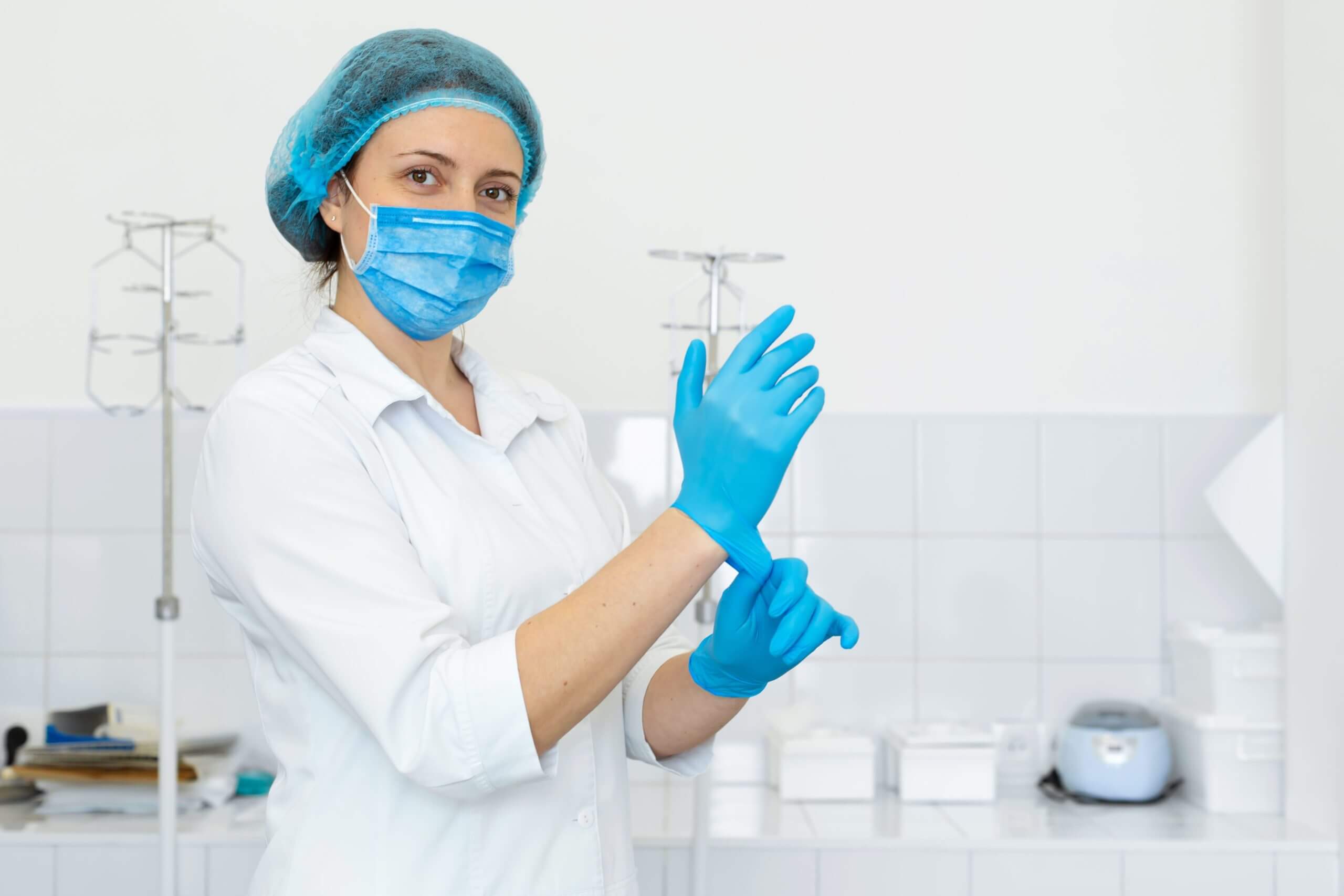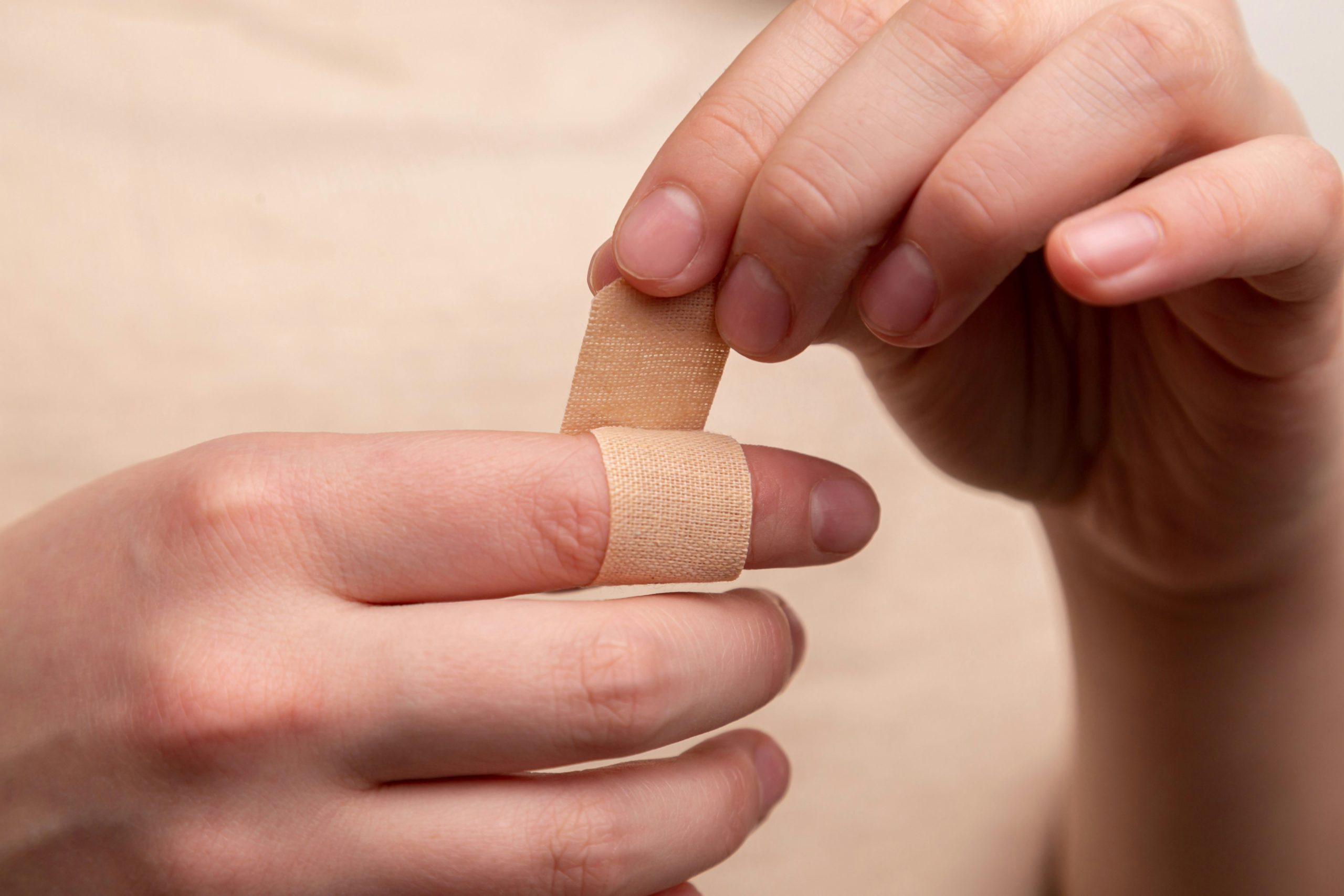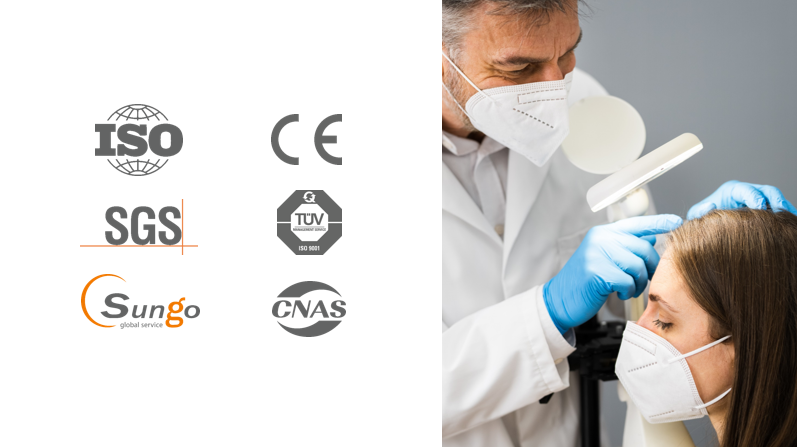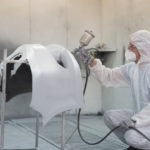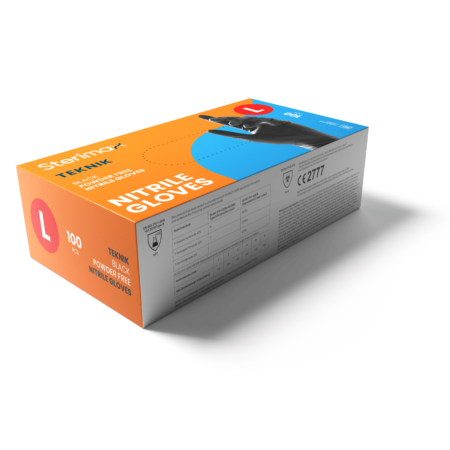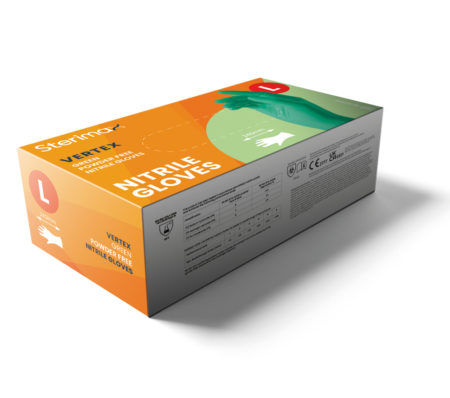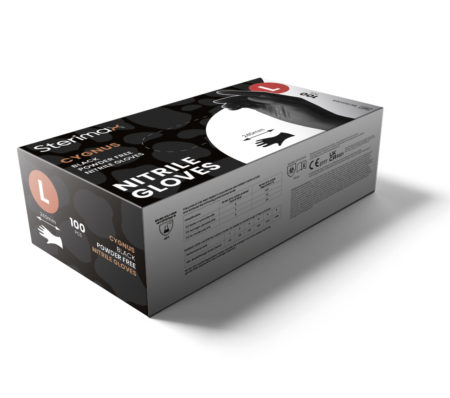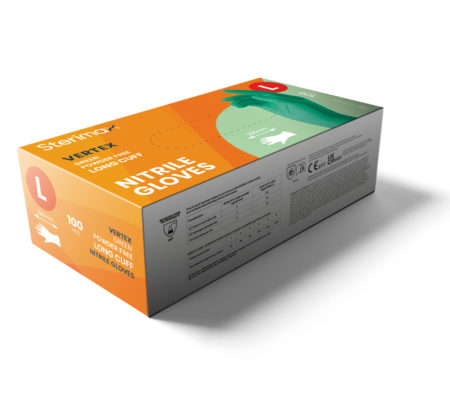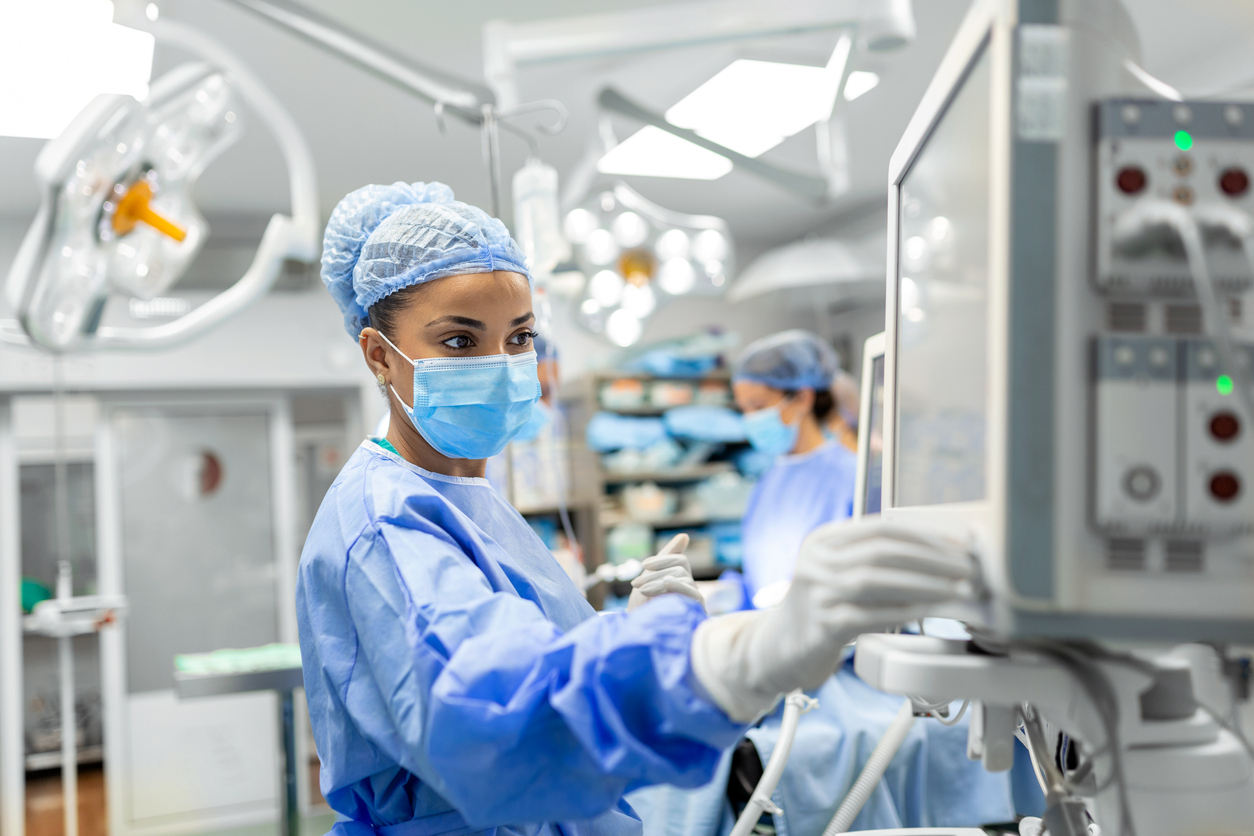Medical devices, from simple bandages to complex X-ray machines, are vital in healthcare. But with such intimate contact with the human body, these products require careful oversight. Strict regulations in the UK keep close tabs on medical devices to ensure they are safe and effective. The Medical Devices Regulations 2002 outlines the rules these products must follow before reaching patients.
What constitutes a medical device?
A medical device is any instrument, apparatus, appliance, material, or other article that meets specific criteria intended for use on humans for diagnosis, prevention, monitoring, treatment or alleviation of disease, injury, or handicap.
This includes investigation, replacement or modification of anatomy or physiological processes.
Some examples of medical devices include face masks and respirators, disposable gloves, bandages, hip implants, pacemakers and wheelchairs. The regulations also cover software that drives a medical device.
Classification of devices
Medical devices have risk categories determining the level of control needed to ensure safety. General medical devices are classified into four classes based on risk, with Class I being the lowest risk and Class III being the highest.
Factors like duration of use, whether the device is invasive or active, and if it contains medicinal substances determine the classification.
Higher-risk devices like implants and long-term monitoring devices fall under Class II and III. Accessories are classified separately from the parent device.
A separate risk classification system exists for active implantable devices like pacemakers and implantable defibrillators. The specific requirements for these devices can be found in Part III of the UK MDR 2002.
Conformity assessment
Manufacturers must demonstrate their medical device conforms to the relevant requirements through a conformity assessment. The assessment route depends on the classification or category of the device.
For lower-risk devices like bandages and wheelchairs, self-certification by the manufacturer is allowed. Medium and higher-risk devices require assessment and certification by third-party organisations known as Approved Bodies. The highest-risk devices usually need to undergo the most stringent route.
Meeting the conformity assessment requirements allows the manufacturer to affix the UKCA marking on the device, indicating its compliance with UK regulations. Only then can the device be placed on the UK market.
Other requirements
Beyond classification and conformity assessment, medical device manufacturers need to comply with other essential requirements:
- Register devices with the regulatory agency MHRA before the market launch
- Submit safety reports in case of adverse incidents or malfunctions.
- Appoint a UK Responsible Person to handle regulatory obligations if the manufacturer is based overseas.
- Include required details like manufacturer and approval body on the label.
Summing up
Depending on the health risks involved, complex classification systems determine how deeply regulators scrutinise each device.
Securing UKCA and CE markings signals a device has cleared the necessary regulatory hurdles and complies with the rules – only then can it display the seals of approval and circulate within the medical industry.
Find out more
Contact us anytime to find out more about medical device regulation and how we ensure our products meet the criteria.
